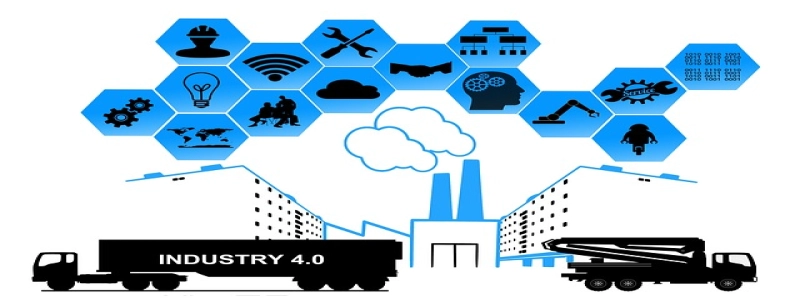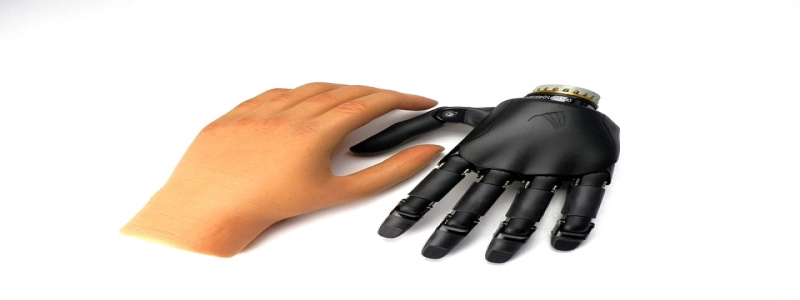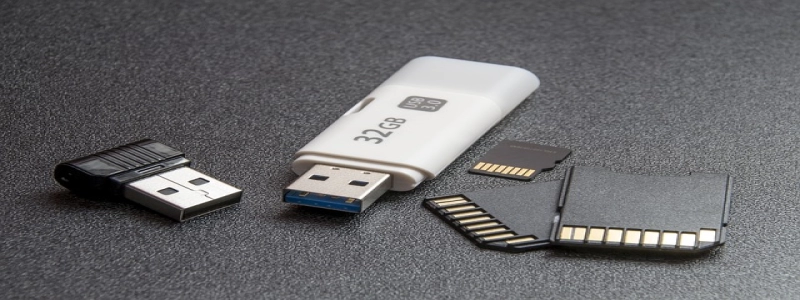Fiber Optic vs. Cable: A Detailed Comparison
Introduction:
In today’s rapidly advancing technological world, the need for high-speed and reliable internet connections has become essential. Two popular options for internet connectivity are fiber optic and cable connections. In this article, we will delve into the differences between these two options and analyze their advantages and disadvantages.
I. Fiber Optic:
A. Definition:
Fiber optic is a type of internet connection that uses thin strands of glass or plastic to transmit data through light waves.
B. Advantages:
1. High Speed: Fiber optic offers significantly higher speeds compared to cable connections. It can provide symmetrical download and upload speeds of up to 1 gigabit per second (Gbps) or even more.
2. Reliability: Fiber optic connections are less prone to interference from electromagnetic signals, making them more reliable and less likely to experience outages.
3. Security: Fiber optic cables are difficult to tap into, providing enhanced security for data transmission.
C. Disadvantages:
1. Cost: Fiber optic connections are generally more expensive to install and maintain compared to cable connections.
2. Availability: Fiber optic networks are not yet as widespread as cable networks, meaning they may not be available in all areas.
3. Fragility: Fiber optic cables are fragile and can be easily damaged during installation or maintenance, resulting in connectivity issues.
II. Cable:
A. Definition:
Cable internet connection utilizes coaxial cables to transmit data signals using electrical currents.
B. Advantages:
1. Cost-effective: Cable connections are often more affordable to install and maintain compared to fiber optic connections.
2. Availability: Cable networks are widely available and cover a larger geographical area than fiber optic networks.
3. Durability: Coaxial cables used in cable connections are more durable and resistant to damage compared to fiber optic cables.
C. Disadvantages:
1. Speed: Cable connections generally offer higher download speeds than upload speeds, resulting in asymmetrical bandwidth.
2. Interference: Cable connections are more susceptible to interference from electrical signals, which can cause slower speeds and potential outages.
3. Security: Cable connections are vulnerable to unauthorized access, making it relatively easier for hackers to tap into the network.
Conclusion:
When choosing between fiber optic and cable connections, it is essential to consider your specific requirements. If high-speed, reliability, and security are crucial factors, fiber optic is the recommended choice. However, if cost-effectiveness and wider availability are more important, cable connections may be the better option. Ultimately, it is a trade-off between performance and affordability.








